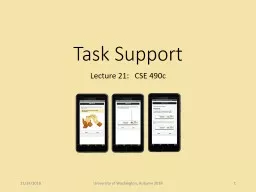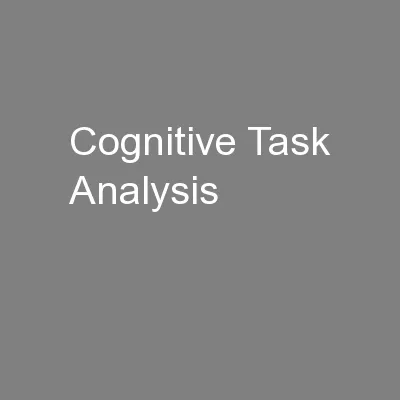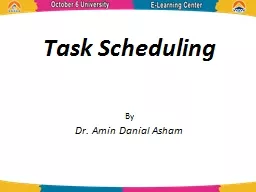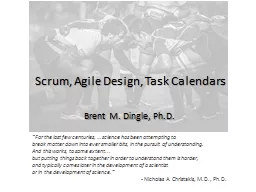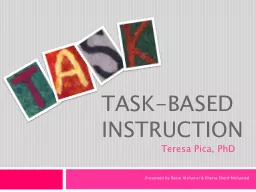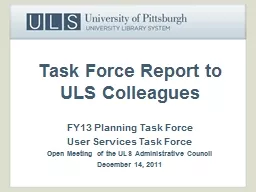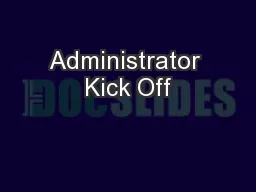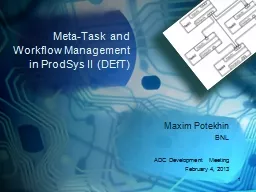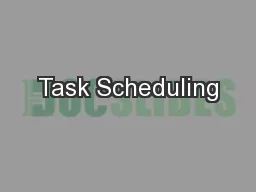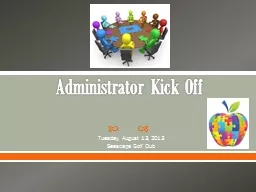PPT-Task Support Lecture 21:
Author : windbey | Published Date : 2020-08-26
CSE 490c 11142018 University of Washington Autumn 2018 1 Announcements No class Wednesday November 21 11142018 University of Washington Autumn 2018 2 Topics ODK
Presentation Embed Code
Download Presentation
Download Presentation The PPT/PDF document "Task Support Lecture 21:" is the property of its rightful owner. Permission is granted to download and print the materials on this website for personal, non-commercial use only, and to display it on your personal computer provided you do not modify the materials and that you retain all copyright notices contained in the materials. By downloading content from our website, you accept the terms of this agreement.
Task Support Lecture 21:: Transcript
Download Rules Of Document
"Task Support Lecture 21:"The content belongs to its owner. You may download and print it for personal use, without modification, and keep all copyright notices. By downloading, you agree to these terms.
Related Documents

